The Sanderson Group Webpages
Department of Chemistry
Durham University, Durham, UK
Crystal Structure of a Chorismate Mutase
| Display Options | |
| Chorismate Binding Site |
Chook, Y. M., Ke, H. and Lipscomb, W. N., Proc. Natl. Acad. Sci. USA, 1993, 90, 8600-8603.
The structure above is of the enzyme chorismate mutase from Bacillus subtilis, chosen because of its small size and lower complexity when compared with chorismate mutases from other species., facilitating characterisation of the chorismate binding site and the catalytic mechanism. The reaction catalysed by this enzyme is the Claisen ether rearrangement of chorismate to prephenate, a concerted pericylyic process that passes through a chair-like transition state.

Although the reaction occurs in vitro in the absence of enzyme to give the same product, the rate of reaction is of the order of 106 less than the enzyme-catalysed one. The concerted mechanism is shown below, along with the transition state and a transition state analog that was used by the authors to probe the active site of the enzyme.
 |
 |
 |
|
|
|
|
Understanding the stabilisation of the transition state by the enzyme is the key to understanding the catalytic mechanism, as this stabilisation lowers the energy of the transition state, increasing the reaction rate as a consequence. The transition state analog, which is a stable unreactive molecule, is the tool for determining the key stabilising interactions of the transition state with the enzyme. These interactions are:
- Salt bridges between one of the carboxylates of the analog with Arginines 7 and 90 of the enzyme
- Interaction of Arginine 90 with the ether oxygen. This may stabilise a partial negative charge on this oxygen during the rearrangement.
- Interaction of the alcoholic group with the side chain of Glutamate 78 and the backbone NH of Cysteine 75
- Interaction of the other (bridgehead) carboxylate with Arginine 116

Note that the
enzyme crystallises as a
trimer. All of the amino acids in the binding site belong to the
same peptide chain with the exception of Cysteine 75